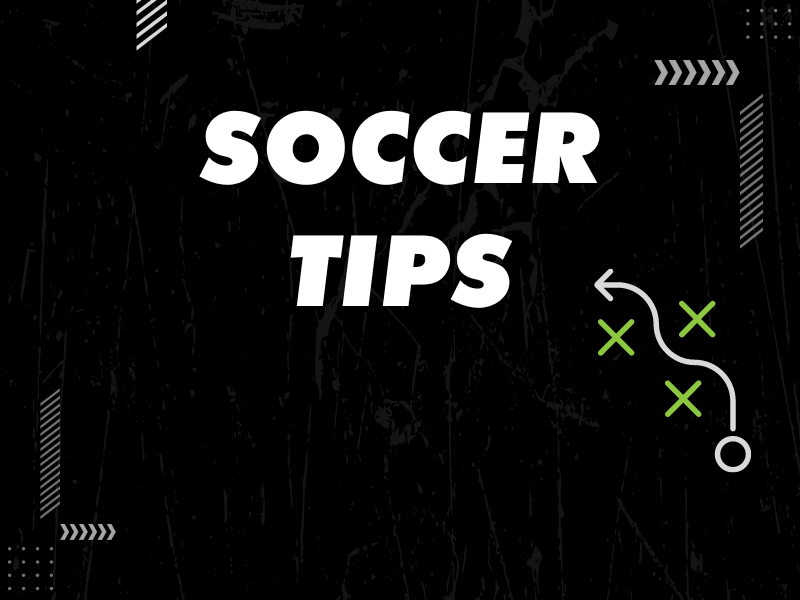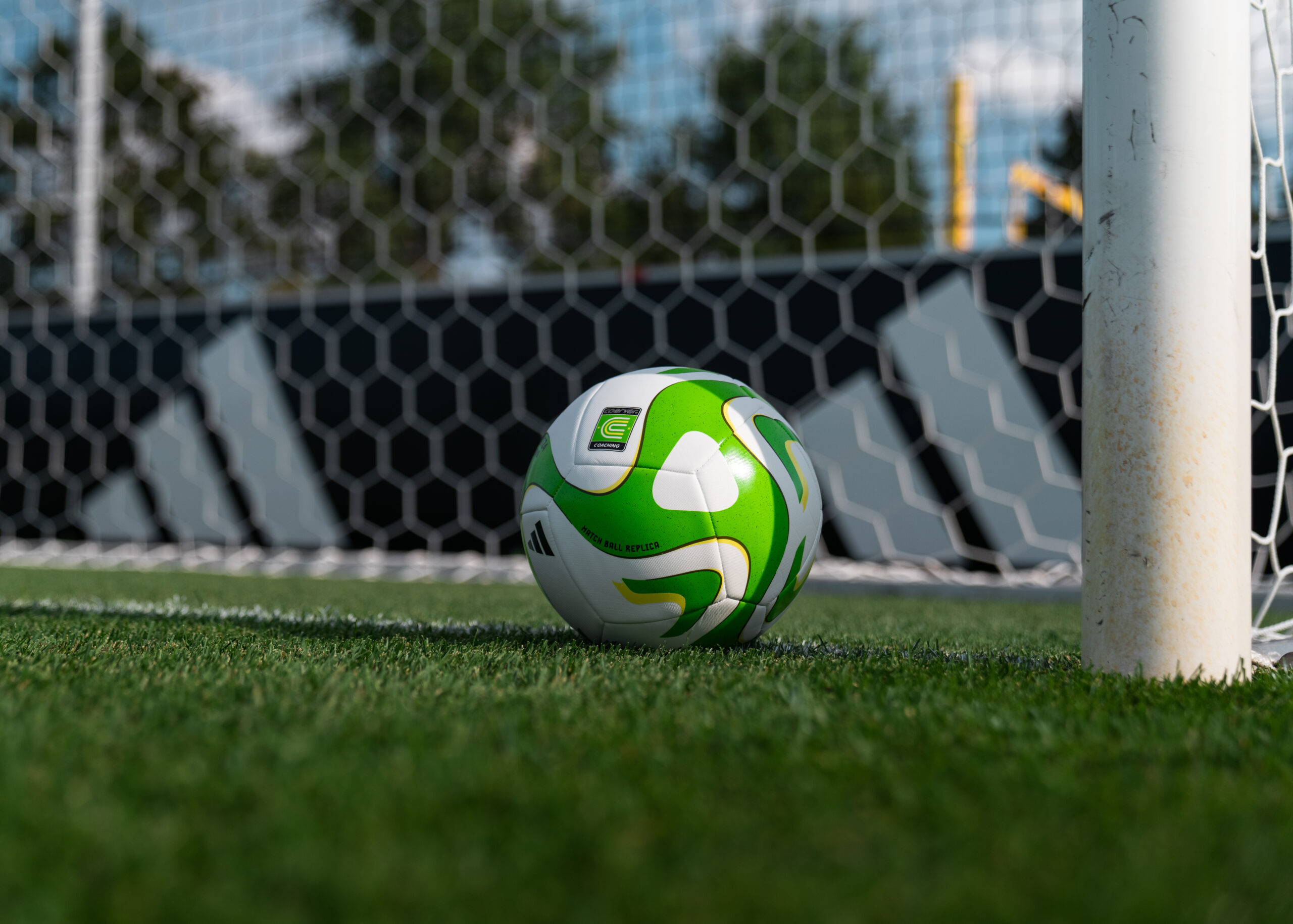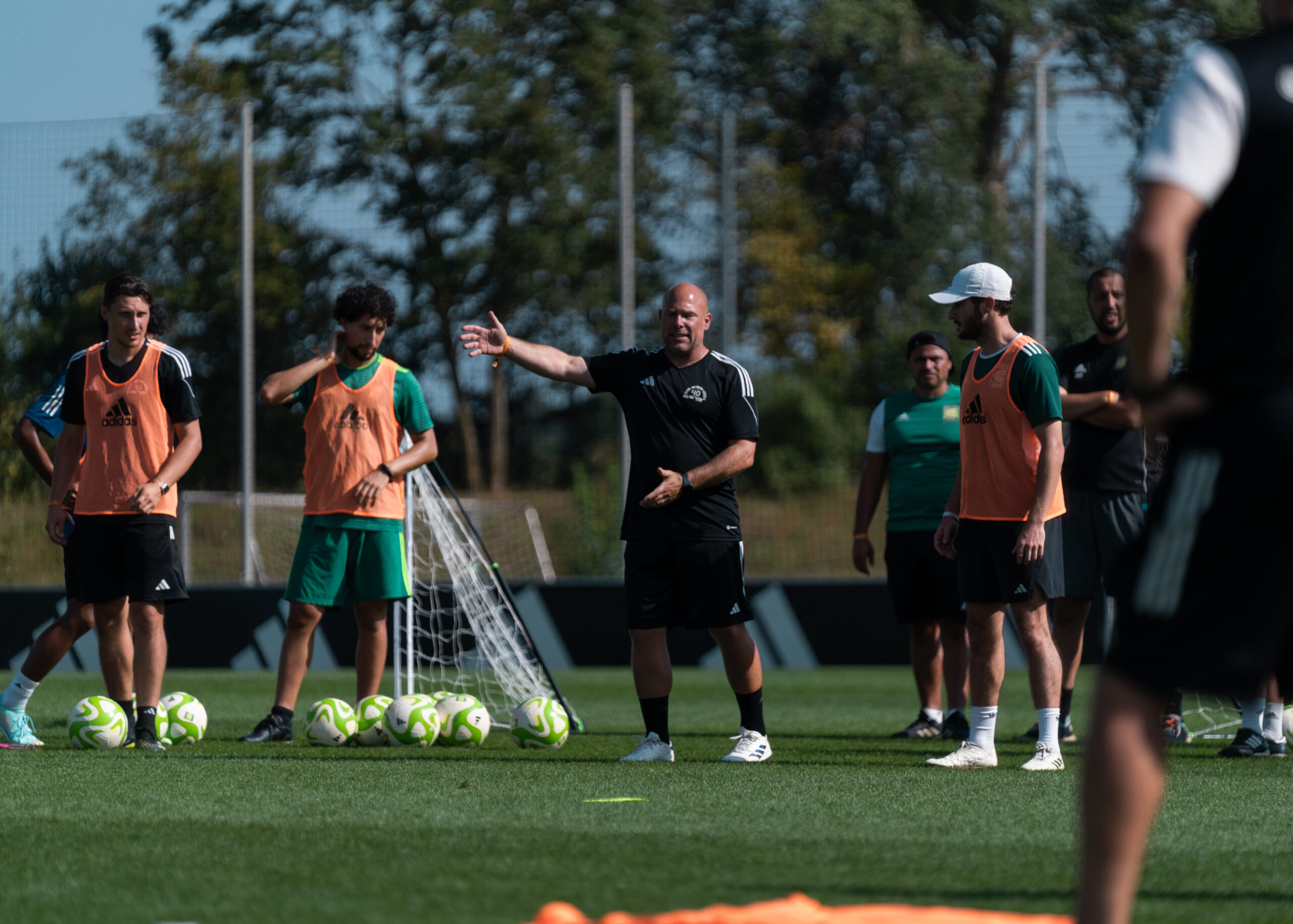|
Here’s a quick run down on how to take a free kick like some of the best soccer players in the game. To start though, let’s take a look at a Lionel Messi free kick, where he bends the ball around the wall and into the upper corner of the net. He makes it look easy.
First, to take a free kick you need to measure where the wall is going to be setup and study the positioning of the keeper. The free kick taker has a number of different options, whether to bend the wall around the wall, over the wall, under or through the wall (anticipating the wall jumping or splitting) and or a combination of those options. Also, there’s the option of shooting with power, a knuckle ball of sorts that will bend and dip and surprise the keeper. Or, if you stike the ball with power you can look for players to follow up and score off a rebound. As far as shooting under the wall, Ronaldinho has done this one occasion, surprising the keeper, by striking the ball low and hard under the wall as it jumped up. And he’s surprised the keeper by shooting from a long distance away, when the goalie was thinking it would be a cross, to the regret of the English goalkeeper Seaman. So, there’s an important element of surprise in hitting good free kicks too, along with bending the ball around the wall. You could also take a quick free kick or before the wall is entirely setup, just be alert and see what options are available. Overall, no matter what you do, the key is to hit the ball with the right pace and power.
Normally, in a free kick, you went to bend the ball around the wall so the ball bends into the goal rather than away from the goal and the goalkeeper—that way the goalkeeper has less of a chance of reaching the ball. If the ball is bending away from the goalie then the keeper still has a chance to get to the ball, even if it’s moving at a great pace. Of course, there are a number of exceptions, if the ball is hit sweetly, and at a good pace, the keeper will have no chance, and that’s the trick—hit the ball with pace and touch. Beckham is a master of this, swerving into the goal, the ball bending away to the keeper at such a fast pace he can’t get his hands on it. Develop Your Free Kick Shot To develop a smooth strike of the ball and take good free kicks, where you can control where the ball is going to be placed, it’s the same old refrain, you need to practice. Hitting a free kick is much like taking a corner kick or hitting a good cross, it’s all about bending the ball into the goal, an in-swinger, or bending the ball away from the keeper, an out-swinger. And, hitting a driven ball, and in the case for free kicks, so the keeper can’t get their hands or finder tips to the ball. For instance, if the wall is setup at the top of the box, towards the right, a player can bend the ball around the wall on the right, with his right foot, so the ball comes into the goale’s upper left corner. The other option is for the free kick taker to take the shot with his left foot, but then the ball will bend away from the goalie, which is fine, but leaves a chance for the keeper to get a piece of the ball. But again, the key is in the striking of the ball, if the ball is hit well, the keeper will have little chance of getting to it. You have to decide what’s the best option. Maybe the wall isn’t setup close enough to the right, so it’s easier to bend the ball around the wall. The Sweet Spot in a Free Kick The deftness comes in lifting the ball over the wall but also having enough pace to dip down into the corner of the goal. The same goes for bending the ball around the wall, the ball still has to have enough pace on it to hit the back of the net before the keeper can reach the corner. And, there are times when you might hit the hit the ball so it dips down into the goal, relying more on power than deftness, smacking the sweet spot much like Cristiano Ronaldo. There’s also the free kick taken with the outside of the foot, which Roberto Carlos immortilized in the World Cup in France. It’s hard to get enough power behind the ball usually when striking the ball with the outside of the foot, most free kicks are taken with the inside of the foot, where the foot is sort of wrapped around the ball. |















